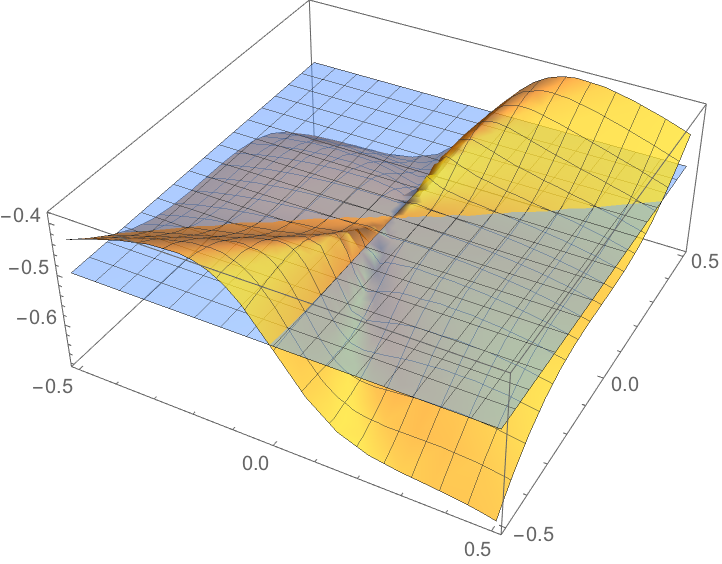

While many scientific investigations make use of data, statistics is concerned with the use of data in the context of uncertainty and decision making in the face of uncertainty. Some consider statistics to be a distinct mathematical science rather than a branch of mathematics. Statistics is a mathematical body of science that pertains to the collection, analysis, interpretation or explanation, and presentation of data, or as a branch of mathematics. 6.6 Statistics applied to mathematics or the arts.6.1 Applied statistics, theoretical statistics and mathematical statistics.4.2.1.2 Null hypothesis and alternative hypothesis.4.2.1.1 Statistics, estimators and pivotal quantities.4.2.1 Terminology and theory of inferential statistics.3.1.2 Experimental and observational studies.The presence of missing data or censoring may result in biased estimates and specific techniques have been developed to address these problems.

Many of these errors are classified as random (noise) or systematic ( bias), but other types of errors (e.g., blunder, such as when an analyst reports incorrect units) can also occur. Measurement processes that generate statistical data are also subject to error. Multiple problems have come to be associated with this framework, ranging from obtaining a sufficient sample size to specifying an adequate null hypothesis. Working from a null hypothesis, two basic forms of error are recognized: Type I errors (null hypothesis is falsely rejected giving a "false positive") and Type II errors (null hypothesis fails to be rejected and an actual relationship between populations is missed giving a "false negative"). Rejecting or disproving the null hypothesis is done using statistical tests that quantify the sense in which the null can be proven false, given the data that are used in the test. A hypothesis is proposed for the statistical relationship between the two data sets, and this is compared as an alternative to an idealized null hypothesis of no relationship between two data sets.

Inferences on mathematical statistics are made under the framework of probability theory, which deals with the analysis of random phenomena.Ī standard statistical procedure involves the collection of data leading to test of the relationship between two statistical data sets, or a data set and synthetic data drawn from an idealized model. Descriptive statistics are most often concerned with two sets of properties of a distribution (sample or population): central tendency (or location) seeks to characterize the distribution's central or typical value, while dispersion (or variability) characterizes the extent to which members of the distribution depart from its center and each other. Two main statistical methods are used in data analysis: descriptive statistics, which summarize data from a sample using indexes such as the mean or standard deviation, and inferential statistics, which draw conclusions from data that are subject to random variation (e.g., observational errors, sampling variation). In contrast, an observational study does not involve experimental manipulation. An experimental study involves taking measurements of the system under study, manipulating the system, and then taking additional measurements using the same procedure to determine if the manipulation has modified the values of the measurements. Representative sampling assures that inferences and conclusions can reasonably extend from the sample to the population as a whole. When census data cannot be collected, statisticians collect data by developing specific experiment designs and survey samples. Statistics deals with every aspect of data, including the planning of data collection in terms of the design of surveys and experiments. Populations can be diverse groups of people or objects such as "all people living in a country" or "every atom composing a crystal". In applying statistics to a scientific, industrial, or social problem, it is conventional to begin with a statistical population or a statistical model to be studied. Statistics is the discipline that concerns the collection, organization, analysis, interpretation, and presentation of data. Scatter plots are used in descriptive statistics to show the observed relationships between different variables, here using the Iris flower data set.


 0 kommentar(er)
0 kommentar(er)
